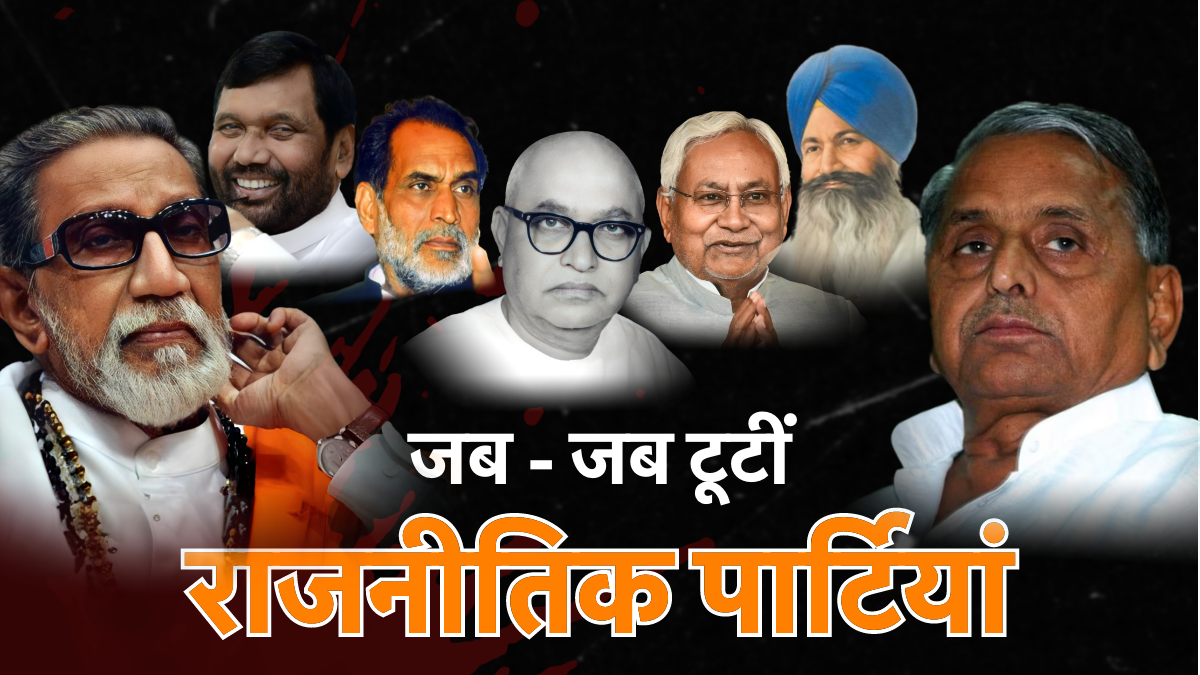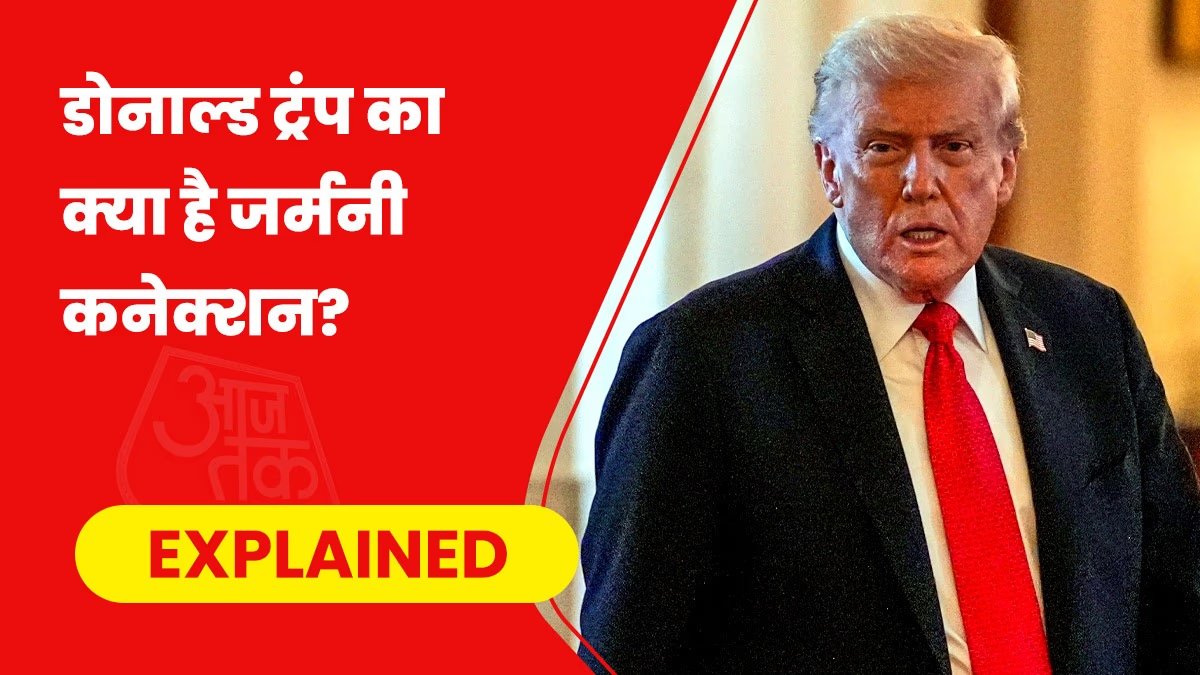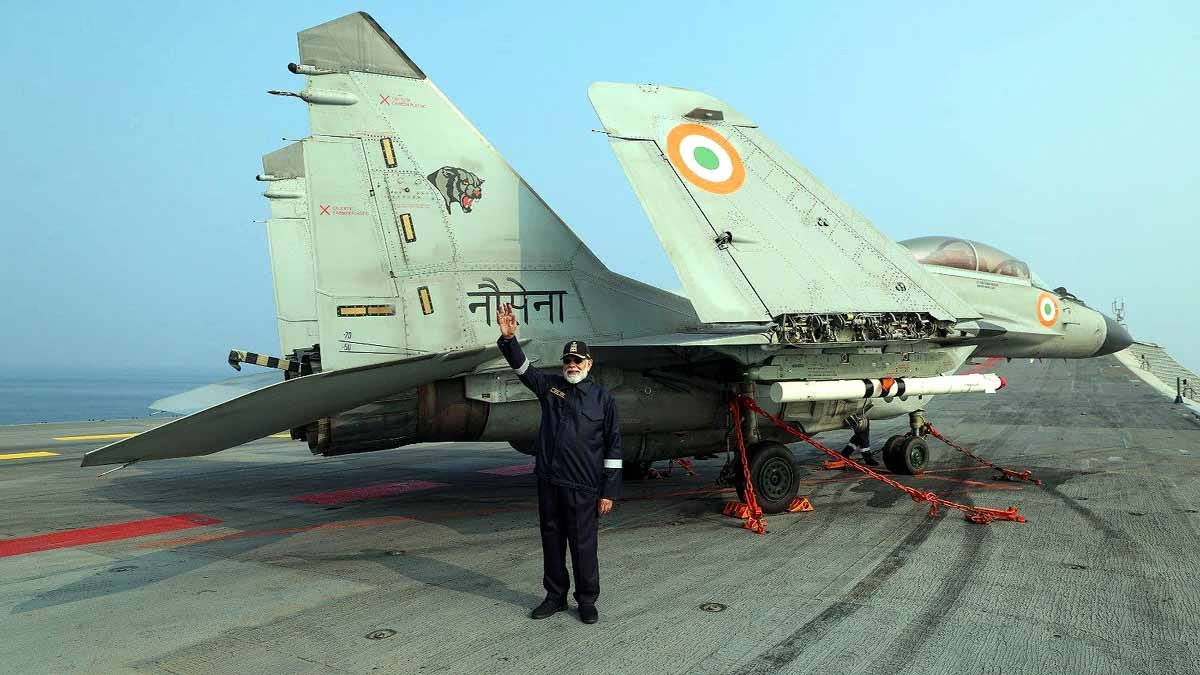In Maharashtra, the Nationalist Congress Party (NCP) is on the verge of a split. The battle for the party's name and symbol is being fought at the Election Commission's doorstep. Whether the decision favors Sharad Pawar or Ajit, the groundwork for a division and the formation of a new political party has been laid.
This is not the first instance of a party heading towards division. The chronicles of India's politics are filled with incidents of revolts, splits, formations, and disintegration within parties. If we talk about the Grand Old Party, Congress, post its inception, it has witnessed several splits, including a time when the party was cleaved into two factions. We will touch upon that chapter as well, but first, let's look at the most recent episode of division within a party in Maharashtra.
1-
Shiv Sena
When Bal Thackeray bequeathed the bow and arrow - the symbol of Shiv Sena - and his political legacy to his son Uddhav Thackeray, few could have imagined that one day the party would slip from the Thackeray family's grasp. Uddhav would remain, but someone would snatch the bow and arrow from him. Bal Thackeray, in 2003, sidelined his nephew Raj Thackeray, who was considered the strong contender for his political inheritance, appointing Uddhav as the executive president of Shiv Sena. Internal conflicts within Shiv Sena surfaced sporadically, but the first rebellion took place in 2006.
Raj Thackeray left Shiv Sena and established a new party called Maharashtra Navnirman Sena (MNS). At that time, Bal Thackeray was still the chief of Shiv Sena. After Bal Thackeray's death, the bow and arrow symbol formally came into Uddhav's possession. Uddhav was elected Shiv Sena's president in 2013. Shiv Sena performed well in the Maharashtra elections of 2014 and 2019. Under Uddhav's leadership, the Thackeray family, known as the kingmakers, climbed to the pinnacle of power. Shiv Sena stepped away from its hard-line Hindutva image, but during Uddhav's presidency, the party also slipped from the Thackeray family's control.
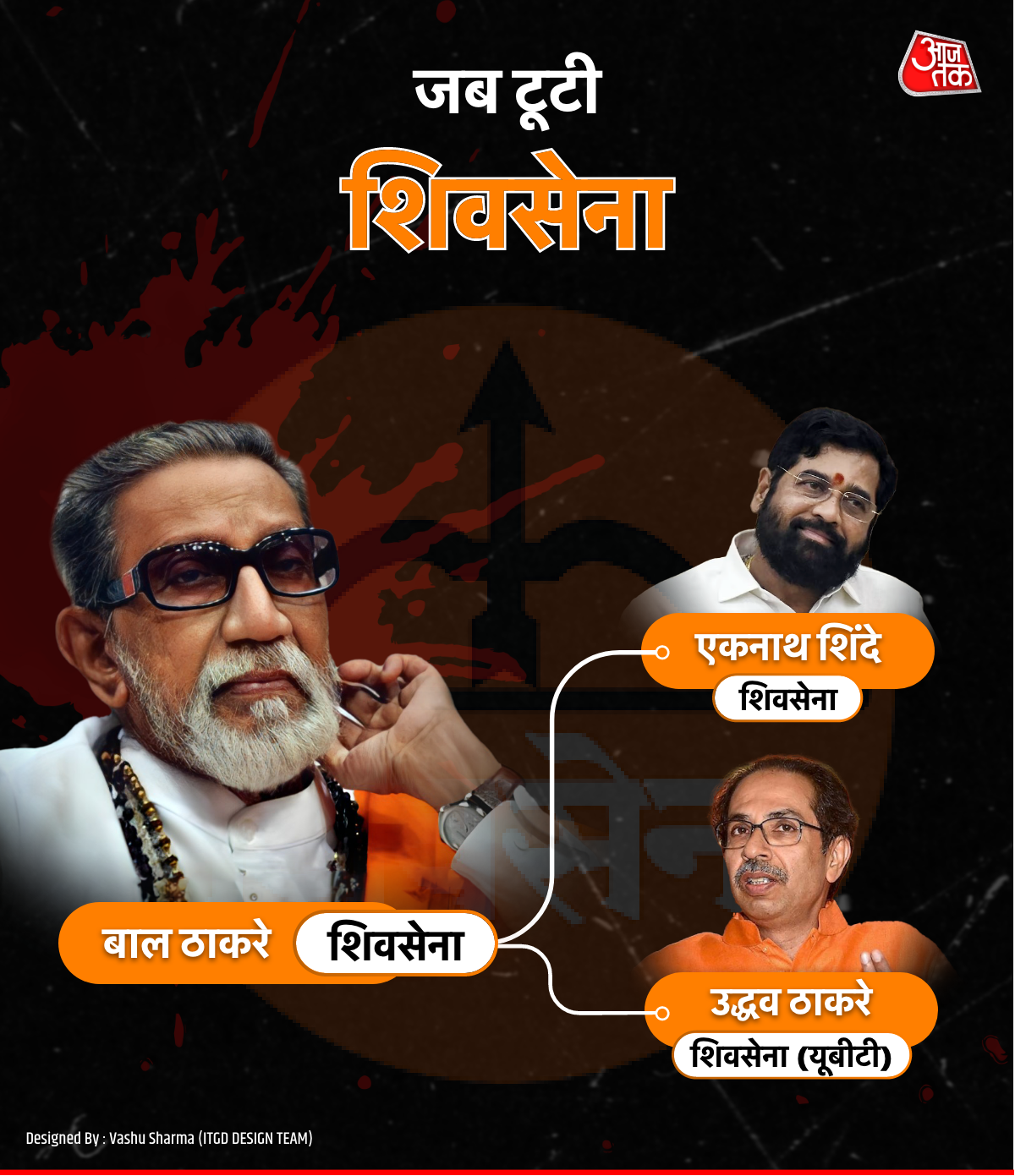
Source: aajtak
In 2022, right after Shiv Sena's foundation day on June 19, the very next morning, Eknath Shinde, Uddhav's most trusted ally, led a revolt among the party's MLAs. Uddhav had to resign from the chief minister's chair. Out of Shiv Sena's total 56 MLAs, 40 supported the Shinde faction. Shinde's group declared itself the authentic Shiv Sena and formed a government in alliance with BJP. Shinde became the chief minister of Maharashtra. The Election Commission's decision on the dispute over Shiv Sena's name and symbol sided with Shinde's faction. Uddhav had to create a separate party named Shiv Sena UBT to maintain his political identity. Which faction will crumble and which will flourish is a question that only future elections and their outcomes will clarify.
The stories of the ruptures within parties like Lok Janshakti Party and Samajwadi Party reflect recent cases of political fragmentation. Despite the claims of fragmentation within SP, it did not come to pass. Uttar Pradesh's elections of 2022 saw Shivpal himself winning on the SP's symbol and joining the assembly. He has since merged his party back into SP.
While Bihar's Chief Minister Nitish Kumar's Janata Dal (United) has been in the limelight for the opposition's consolidation efforts, it has experienced its share of splits. Upendra Kushwaha formed his separate party, distancing himself from JD(U). Kushwaha's National Lok Democratic Party adds to the history of his earlier engagements with different parties.
Even the prominent Shiromani Akali Dal from Punjab isn't devoid of a past punctuated with rebellion and breakaway factions, having undergone fractures in 1984. The party split into two groups: the Shiromani Akali Dal Longowal and the Shiromani Akali Dal United. Subsequent coups, like Simranjit Singh Mann forming Shiromani Akali Dal (Amritsar), underline the divisions that have shaped the party's journey over the years.
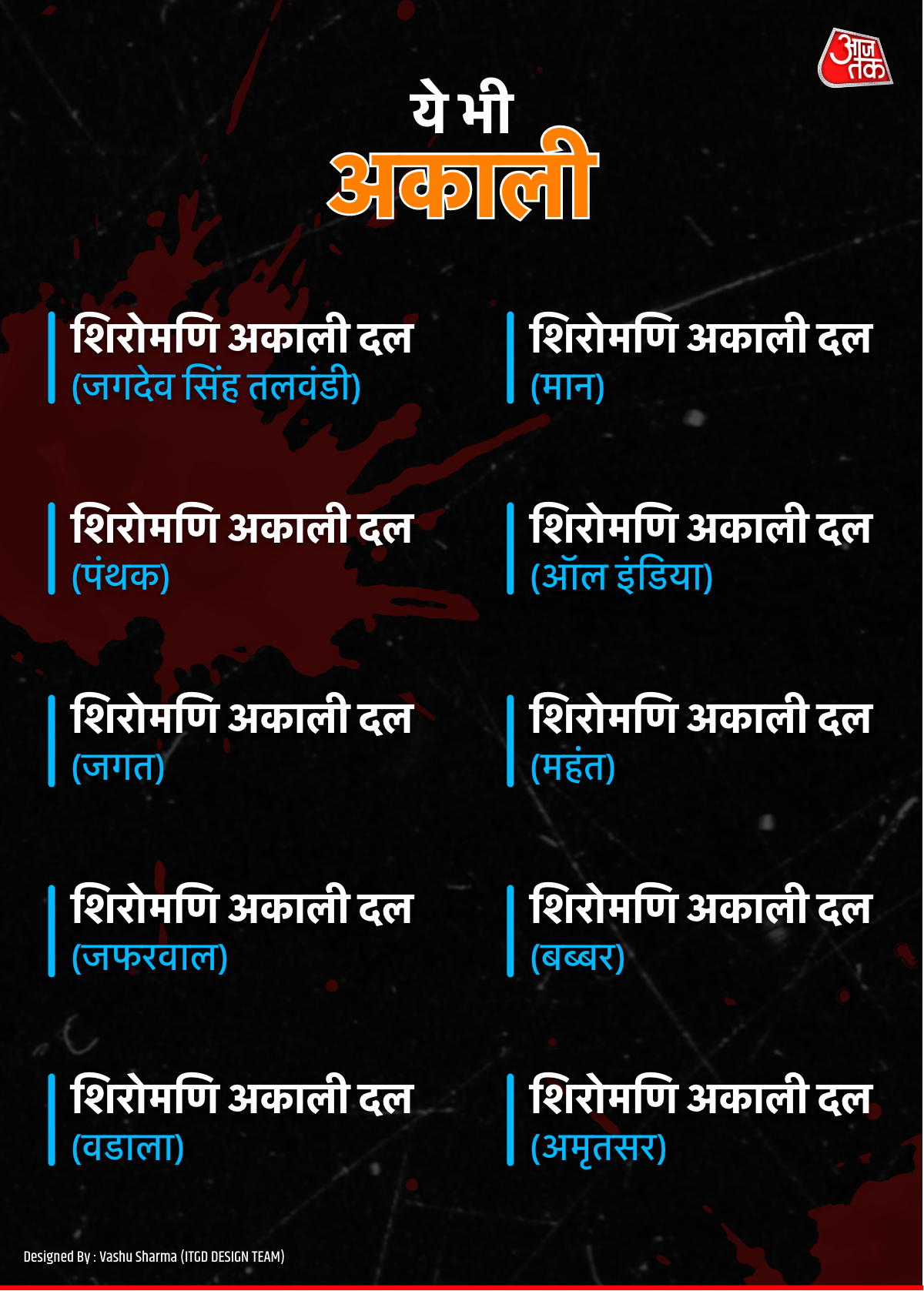
Source: aajtak
The Indian National Congress has been the most susceptible to divisions, giving birth to offshoots like Trinamool Congress, YSR Congress, NCP, Nagaland People's Front, PDP, Chhattisgarh Janta Congress, and Punjab Lok Congress Party. These have all sprouted from the Congress organization. However, Congress itself split twice in the post-independence era, with significant rifts in 1969 and 1978, primarily involving Indira Gandhi.
The saga of rebellions and subsequent breakaways in Indian politics extends across regional lines, with even the southern parties experiencing the tremors of trust breaches and partition. Parties like Kerala Congress have seen many offshoots, while leading formations such as YSR Congress in Andhra Pradesh owe their genesis to larger parent parties. N.T. Rama Rao's Telugu Desam Party (TDP) also encountered betrayal from an intimate circle when his son-in-law N. Chandrababu Naidu executed an internal coup in 1995, seizing control of both the government and the party in a turn of events reminiscent of a Shakespearean tragedy or a political potboiler.
